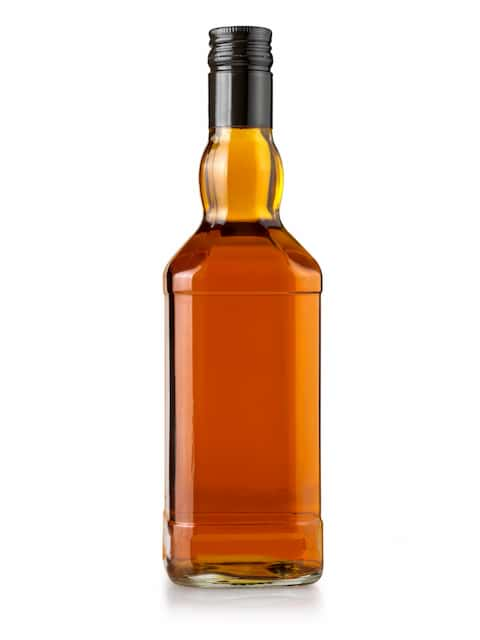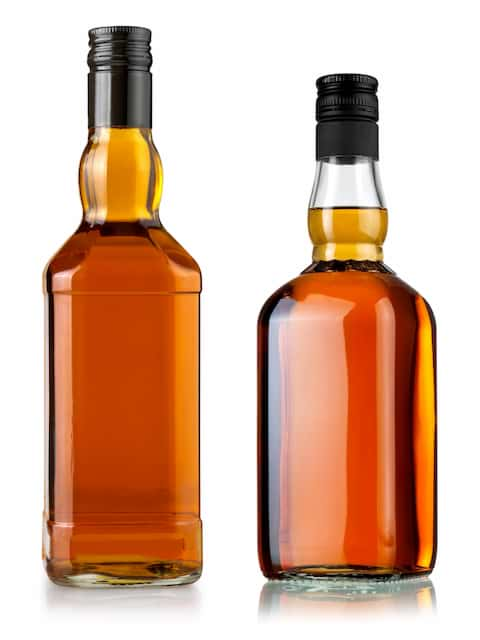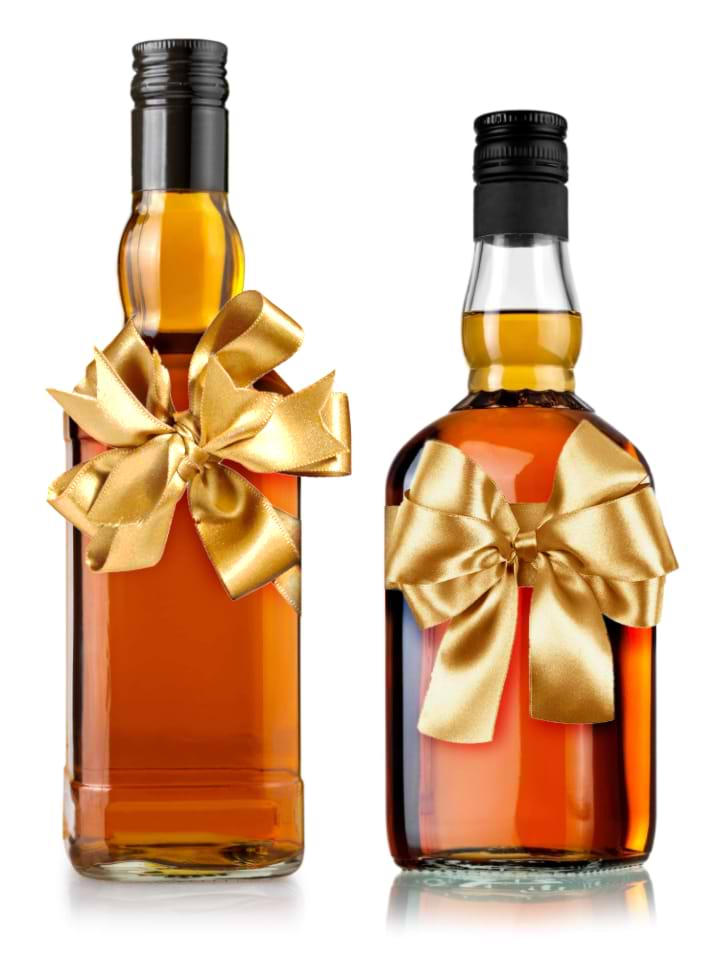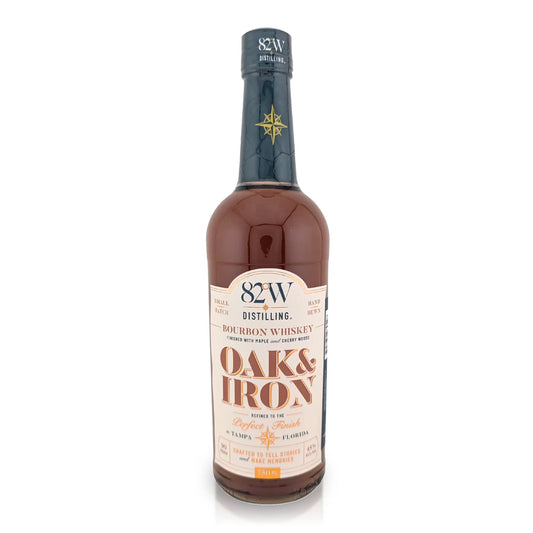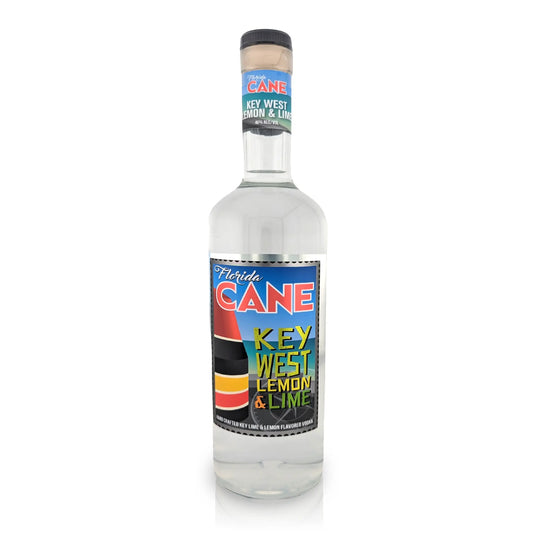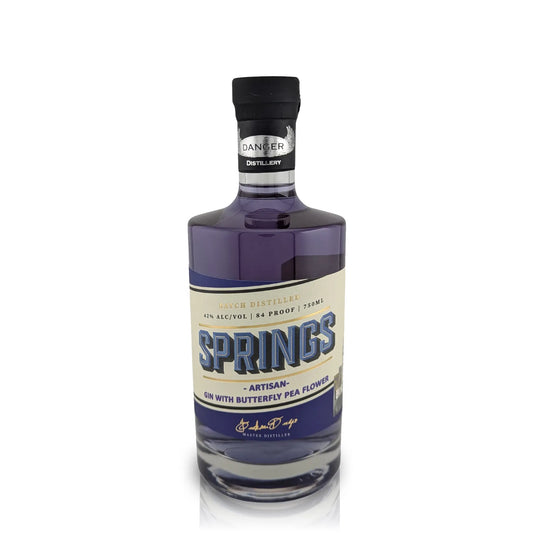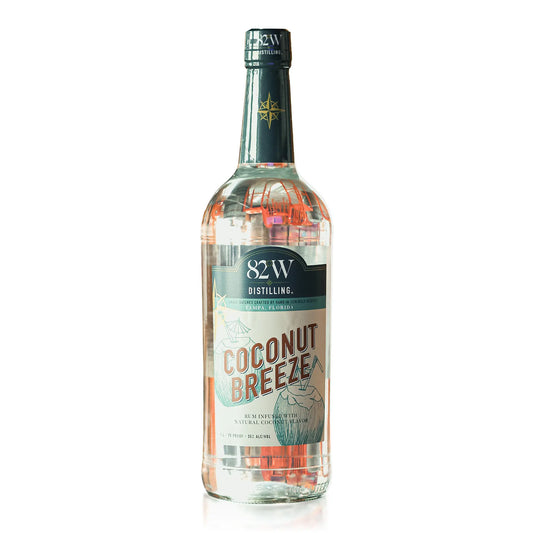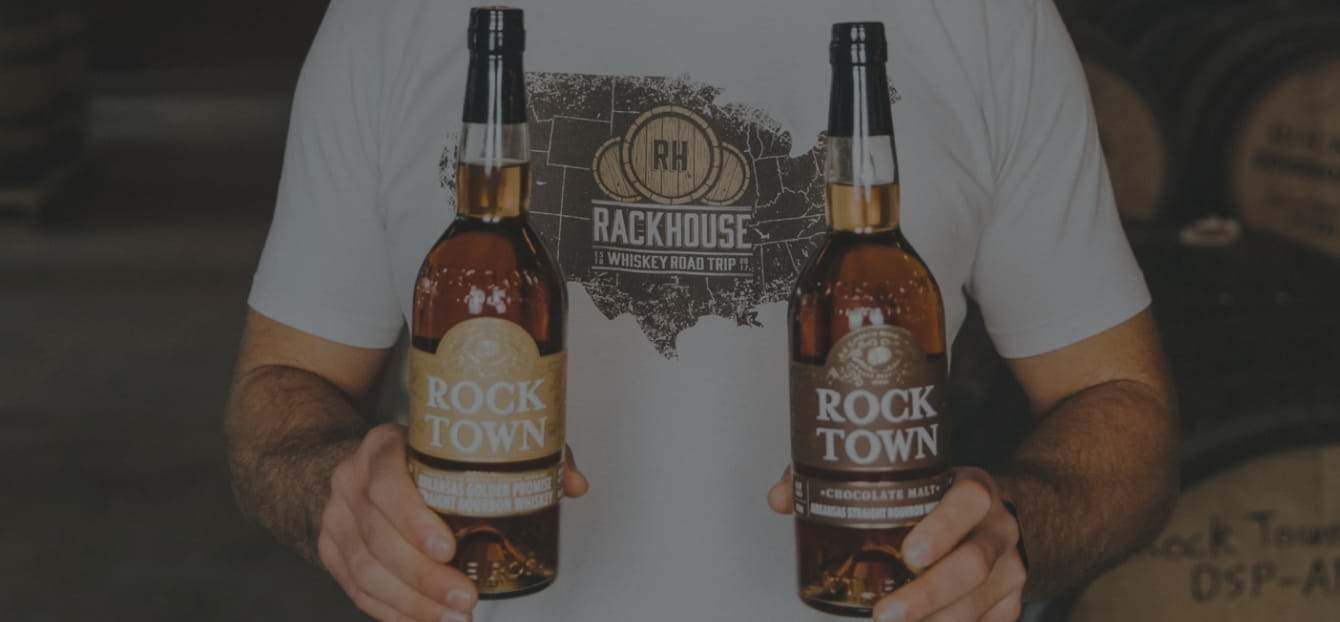
Is there anything like a farm-to-table restaurant menu to get your mouth watering? With the warmer days ahead, we’re looking forward to heirloom tomato salads with creamy mozzarella, sweet corn, pasture-raised beef, and other locally-sourced culinary delights. The term “farm-to-table” has earned its place in the American lexicon and is now broadly understood, but fewer people know that the movement has an equivalent in the whiskey world.
“Grain-to-glass” distilleries, which have developed a cult following among whiskey aficionados, distinguish themselves by using only locally-farmed ingredients. Milling, aging, and bottling is also done on-site. Grain-to-glass is a phrase you may have heard before, but if you want to impress your friends at happy hour, read on for a closer look at this lively niche in the wild world of whiskey.
Why grain-to-glass distillers rely on local ingredients
We love farm-to-table because the dishes burst with freshness and local flavor. Grain-to-glass distillers rely on the same principle, creating distinctive flavors through the exclusive use of high-quality local ingredients. These days, serious wine drinkers aren’t the only ones tossing around the French term “terroir,” which refers to the precise combination of soil, climate, sun, and other conditions that affect the taste and quality of wine. Just as distilleries celebrate their proximity to mountain streams for the clean, crisp taste the water provides, grain-to-glass producers emphasize the unique aromas and flavors found in grains cultivated close to home.
Less greenhouse gas, more community connection
Recognizable flavor with a regional soul is not the only thing we love about grain-to-glass whiskey. The craft spirit industry as a whole is recognized for its commitment to sustainability, and the grain-to-glass niche takes it up a notch with its deep commitment to land stewardship. Sticking to local products requires both ingenuity and serious financial investment (there’s a reason why big-batch distillers buy grain from the lowest bidder and truck it across the country), but the reduced carbon footprint is worth it to these eco-conscious craft distillers.
And the benefits extend beyond environmental protection. Insisting on regional grains strengthens the relationships between distillery families and the vibrant agricultural communities that surround them. The grain-to-grass model grows the local economy, provides jobs, and opens the door to creative collaborations in an industry known for outside-the-box thinking.
One such partnership between a Kansas City distillery and a group of local farmers made a big splash among whiskey enthusiasts this spring. In an effort to bring attention to sustainable agricultural practices, the distillery created a new blend using “a touch” of whiskey made with rye grown nearby as a “cover crop” (a crop grown to protect and return nutrients to the soil). This limited-run whiskey was created as part of the Cover Crops Project, an initiative led by Kansas-based buttery spread company Country Crock to support farmers and improve soil health.
On the ground with grain-to-glass
Although it’s a fairly common practice in the craft spirits industry, you’re unlikely to find grain-to-glass distillers buying and bottling whiskey from factories like Midwest Grain Products in Indiana. But aside from that, grain-to glass can apply to whiskies made with a range of sourcing protocols. (There’s no formal definition of the term.)
Here’s how some of our distillery partners put their own spin on grain-to-glass whiskey production.
- Regional ingredients: Head distiller Maddie Kelly of Seattle’s 2bar Spirits starts her workday by milling 1,000 lbs. of grain grown in the Northwest. 2bar focuses on just two products, a versatile moonshine whiskey and a heavily malted bourbon, both of which are aged and bottled on-site.
- Local ingredients: Justin Lee, CEO and Head Distiller of Denver’s Molly Brown Spirits, explains grain-to-glass like this. "We take whole grain straight out of Loveland right up the road. We mill it up ourselves, we cook it, ferment it, distill it, put it in brand new American 53-gallon charred barrels and out pops beautiful bourbon. We do everything here except for growing the grain ourselves.”
- Ingredients grown on-site: Located 80 miles east of Lake Tahoe, Frey Ranch, one of RackHouse’s craft distillery of the year award finalists, has the rare distinction of being both a farm and a distillery. It belongs to a small club of whiskey producers worldwide that grow their grains on-site before distilling, maturing, and bottling the final product.
No matter how you define it, the unique flavors, focus on sustainability, and innovative community partnerships of the grain-to-glass movement are here to stay.
Hoping to bring some delicious grain-to-glass whiskey from the farm to YOUR table? Check out RackHouse Whiskey Club. RackHouse scours the U.S. looking for the best craft distilleries with the most interesting stories to curate a unique subscription box filled with full-sized bottles of hard-to-find small batch whiskey. We’re building a community of premium craft whiskey drinkers. And you're invited! Join us.


